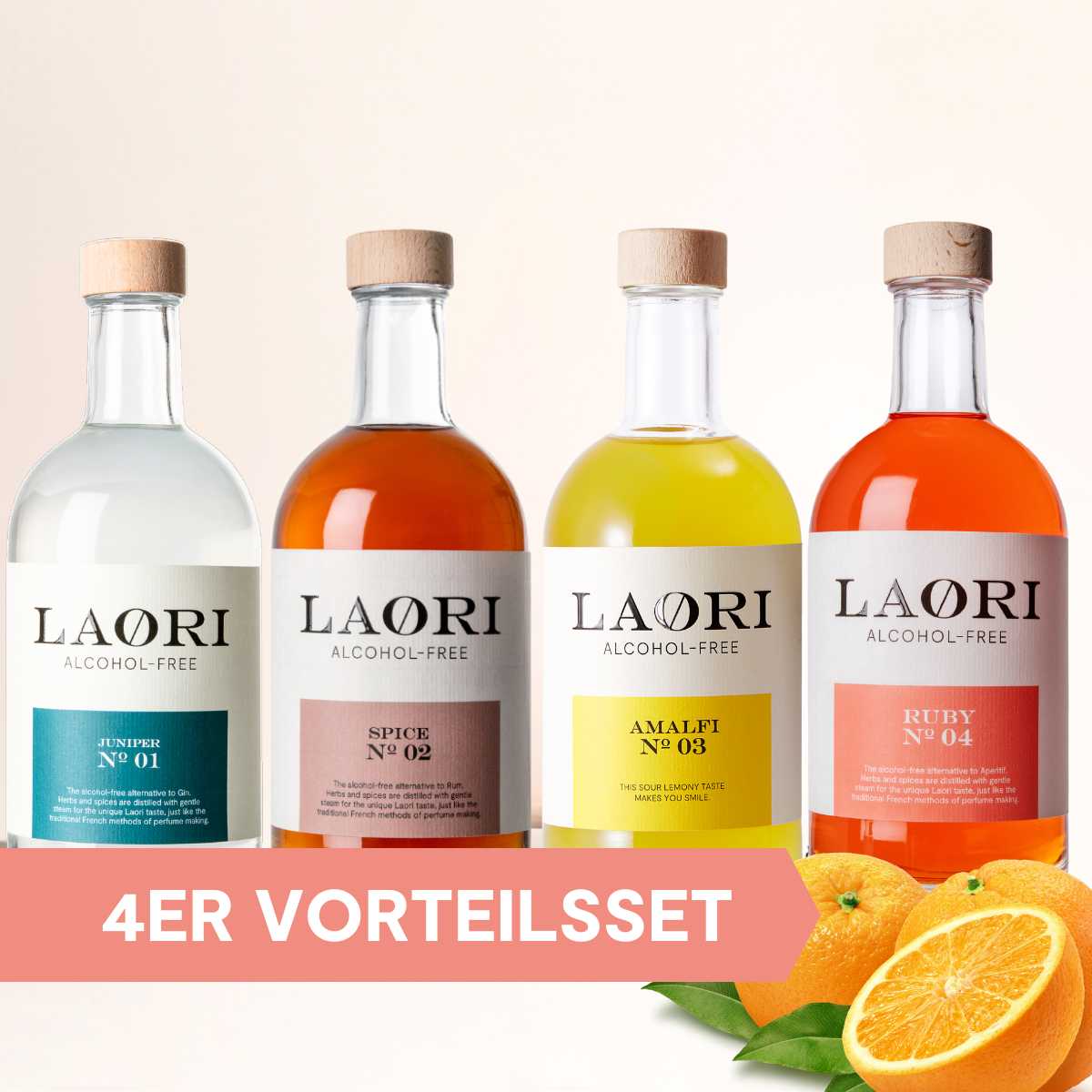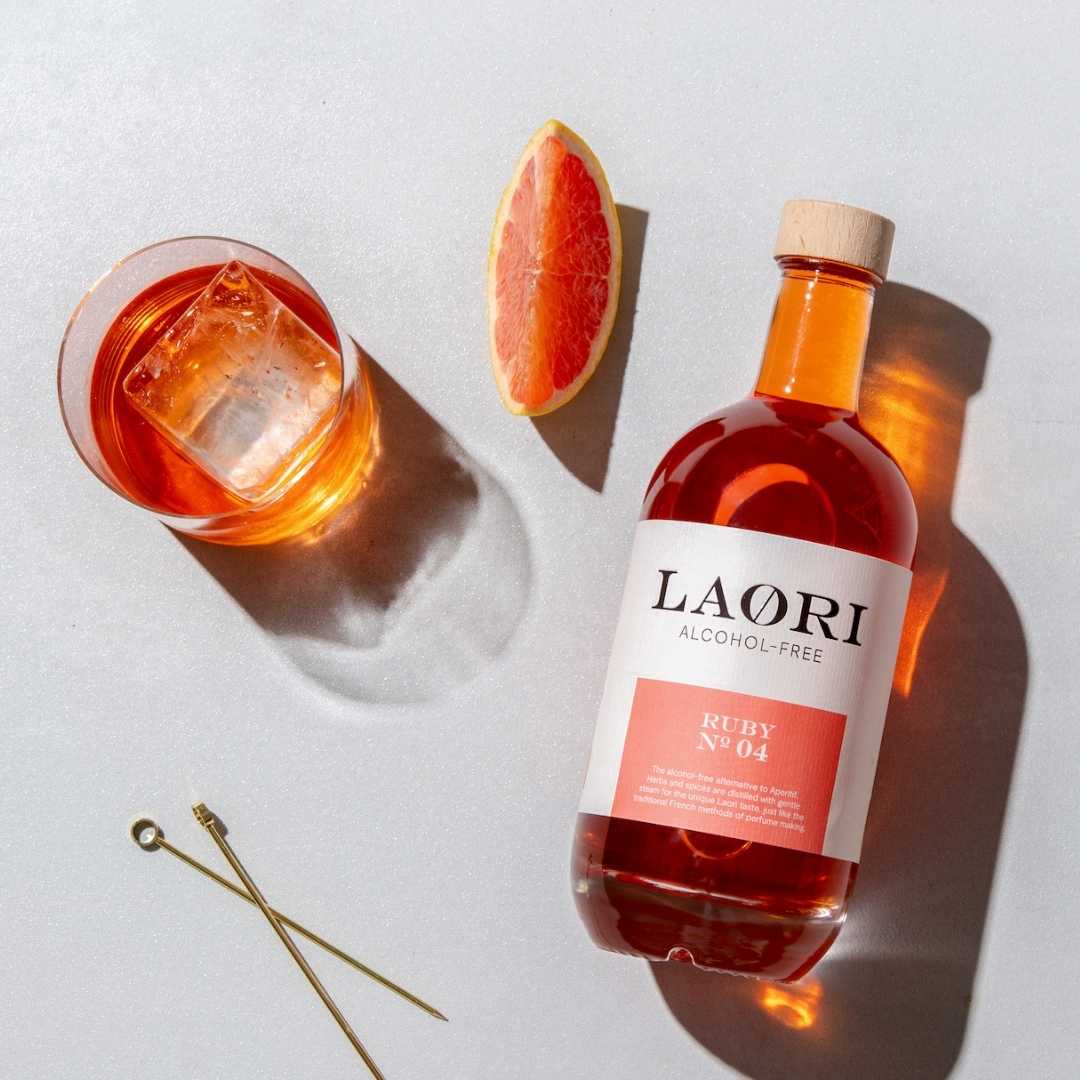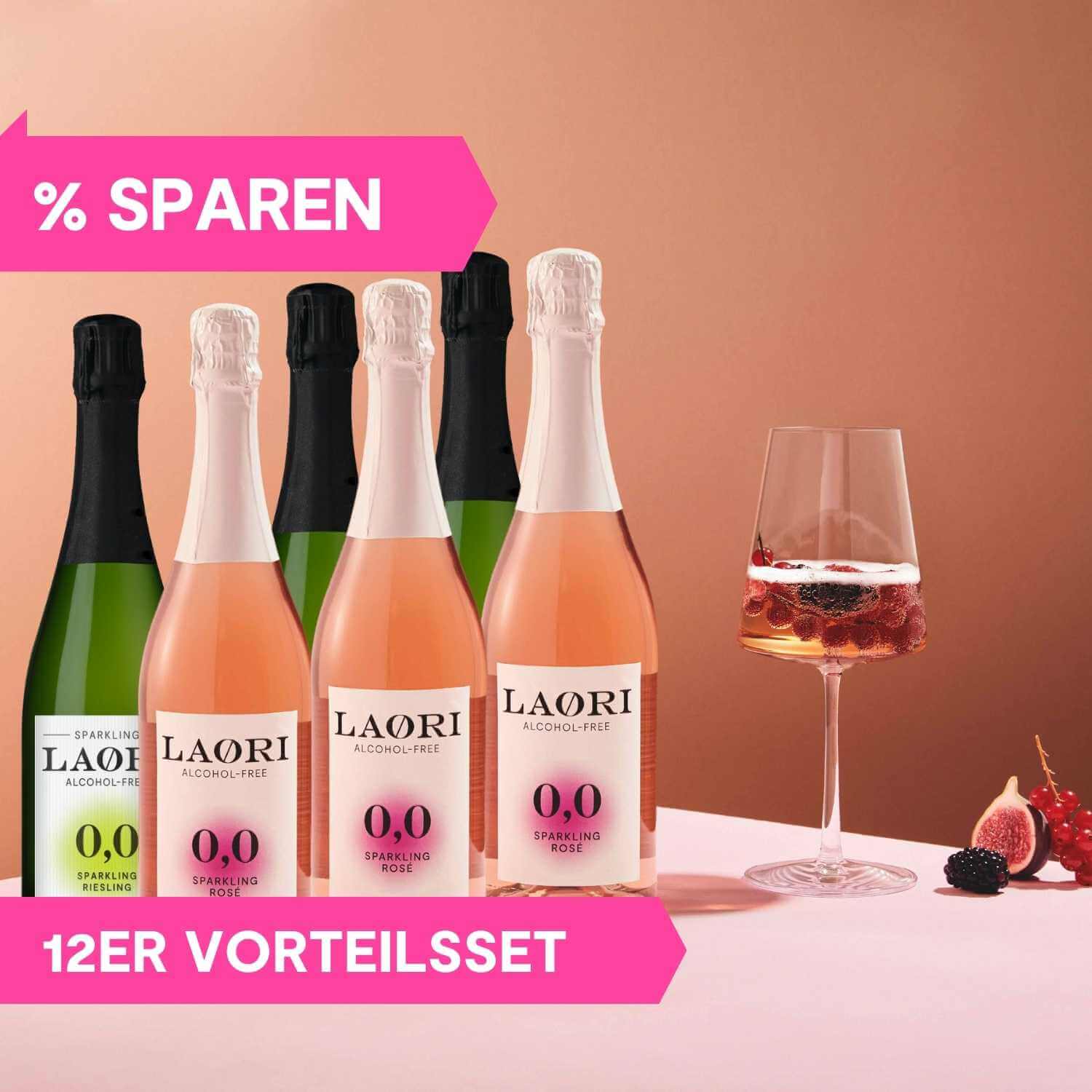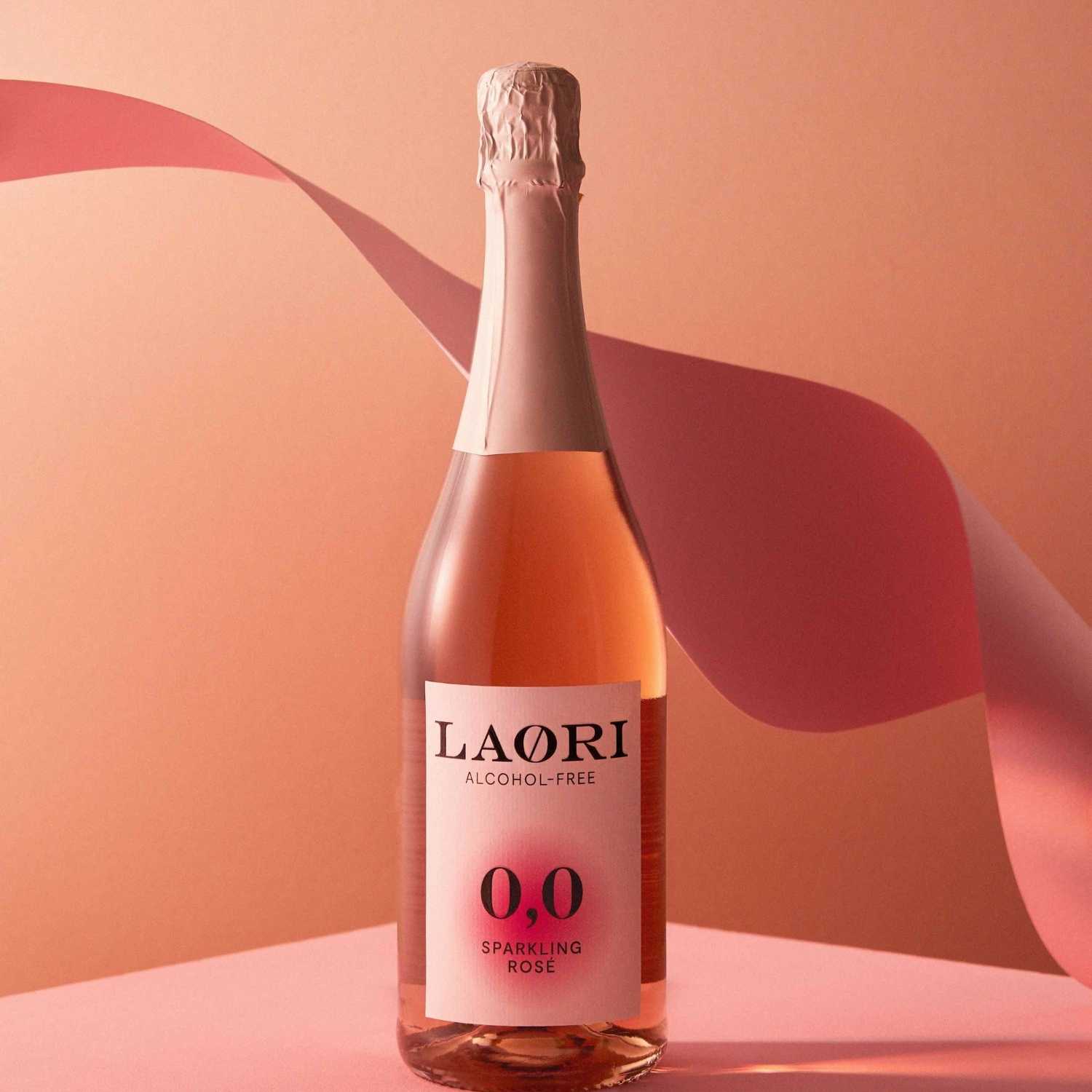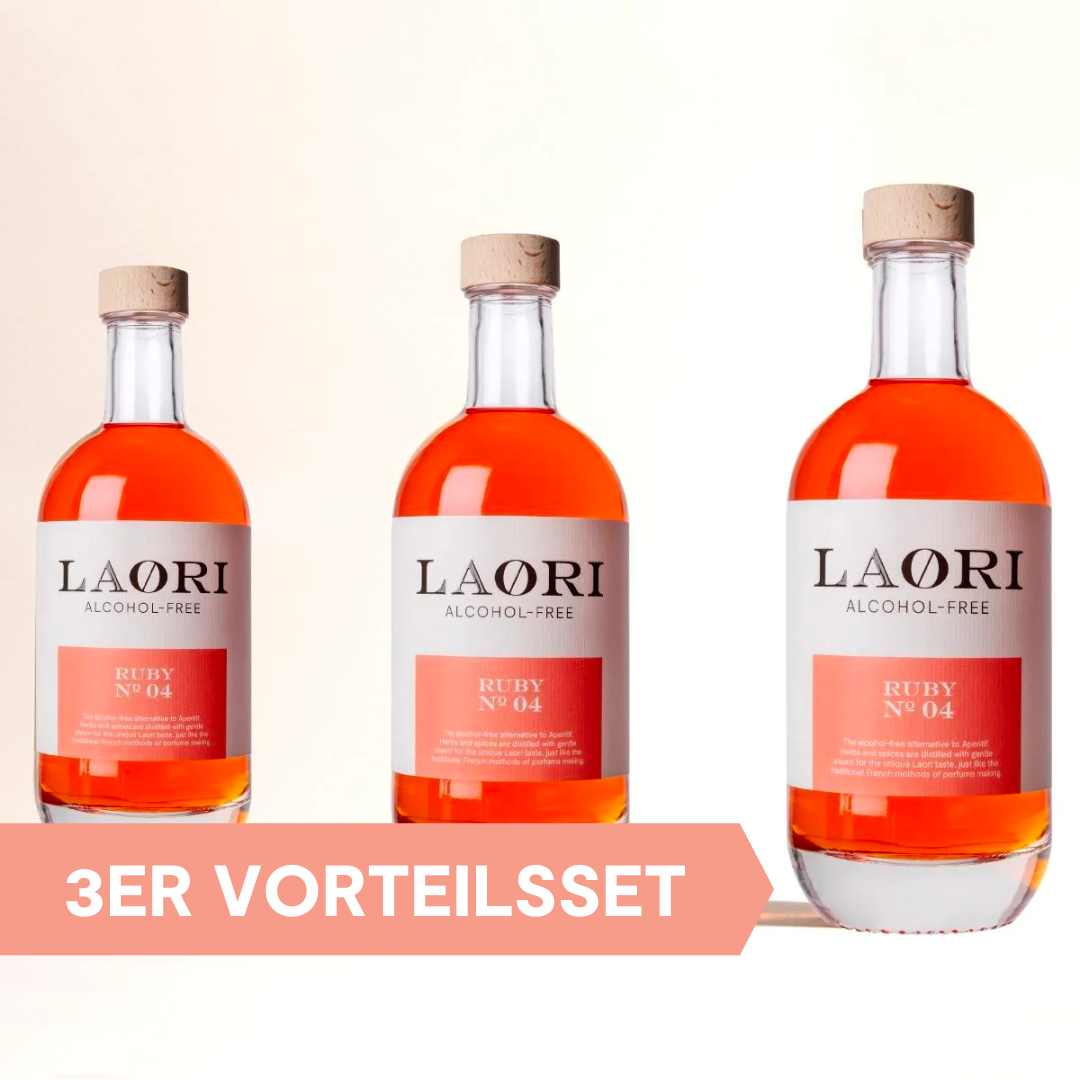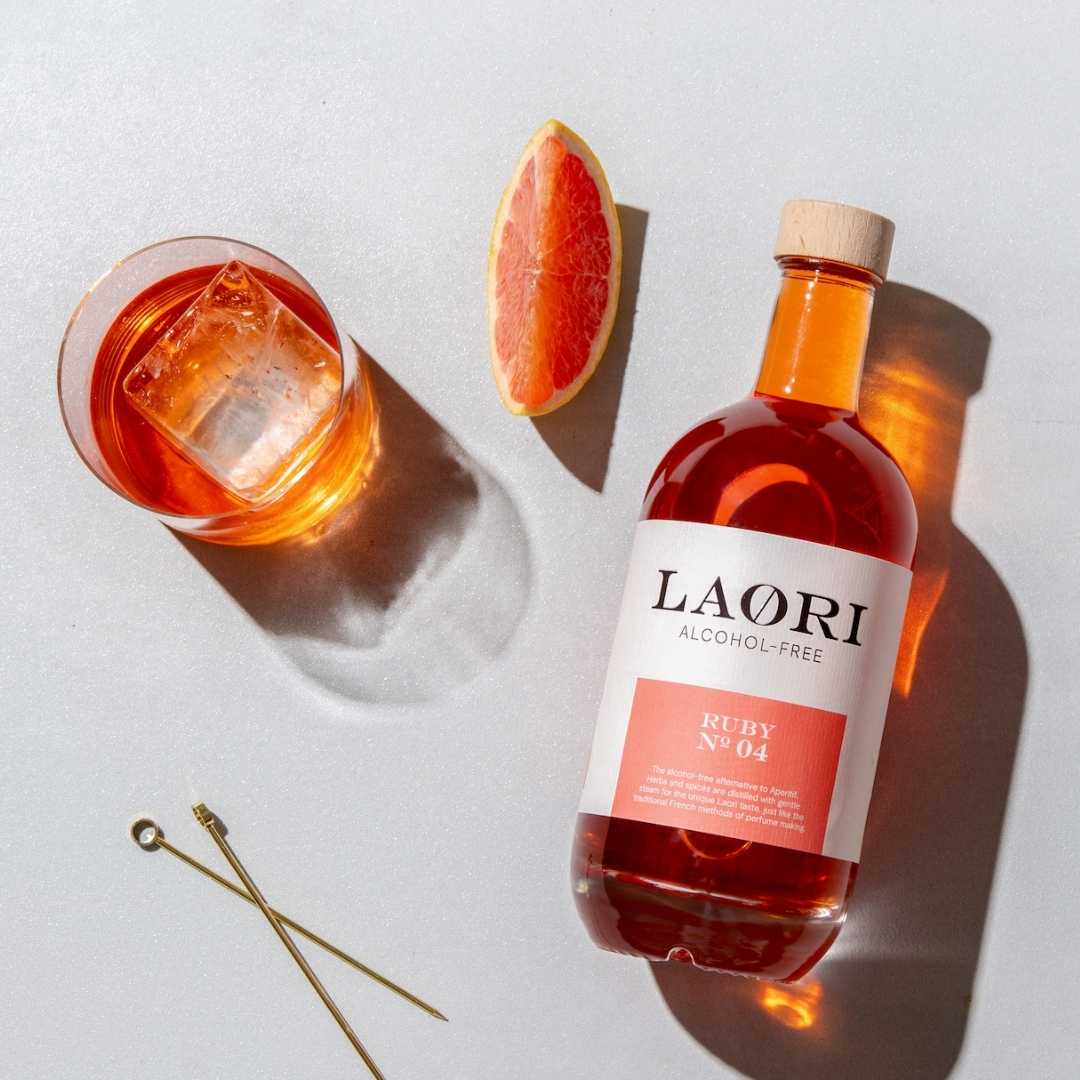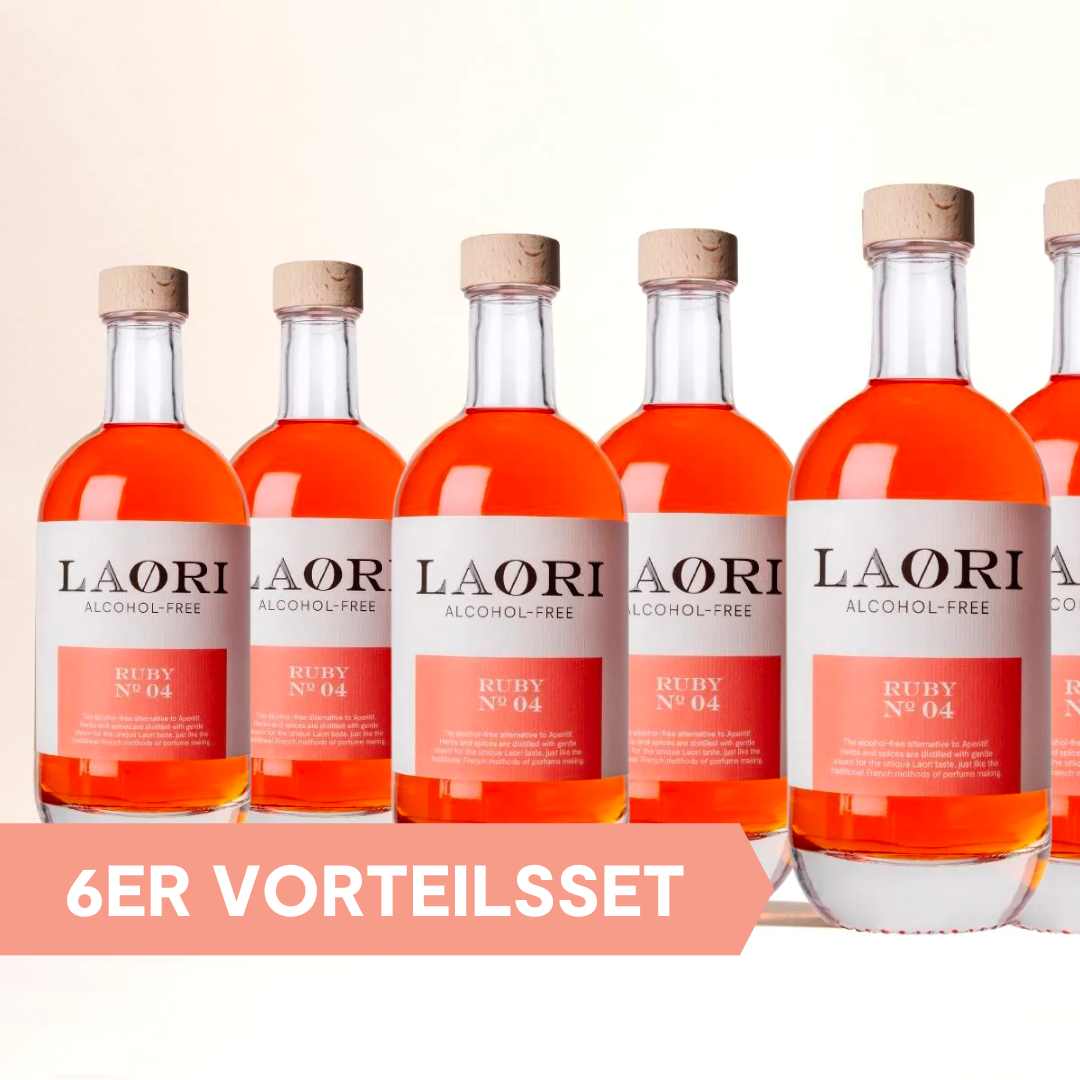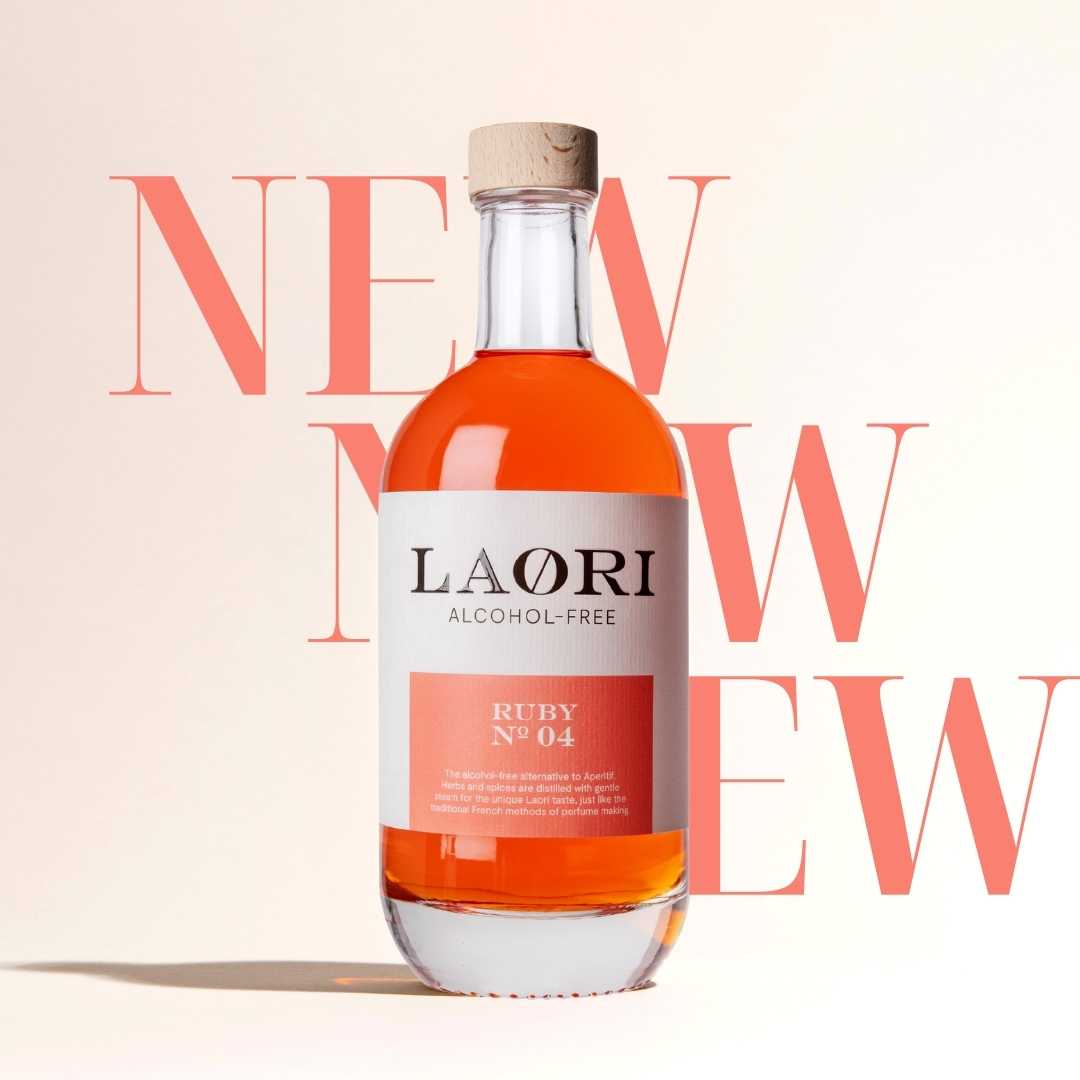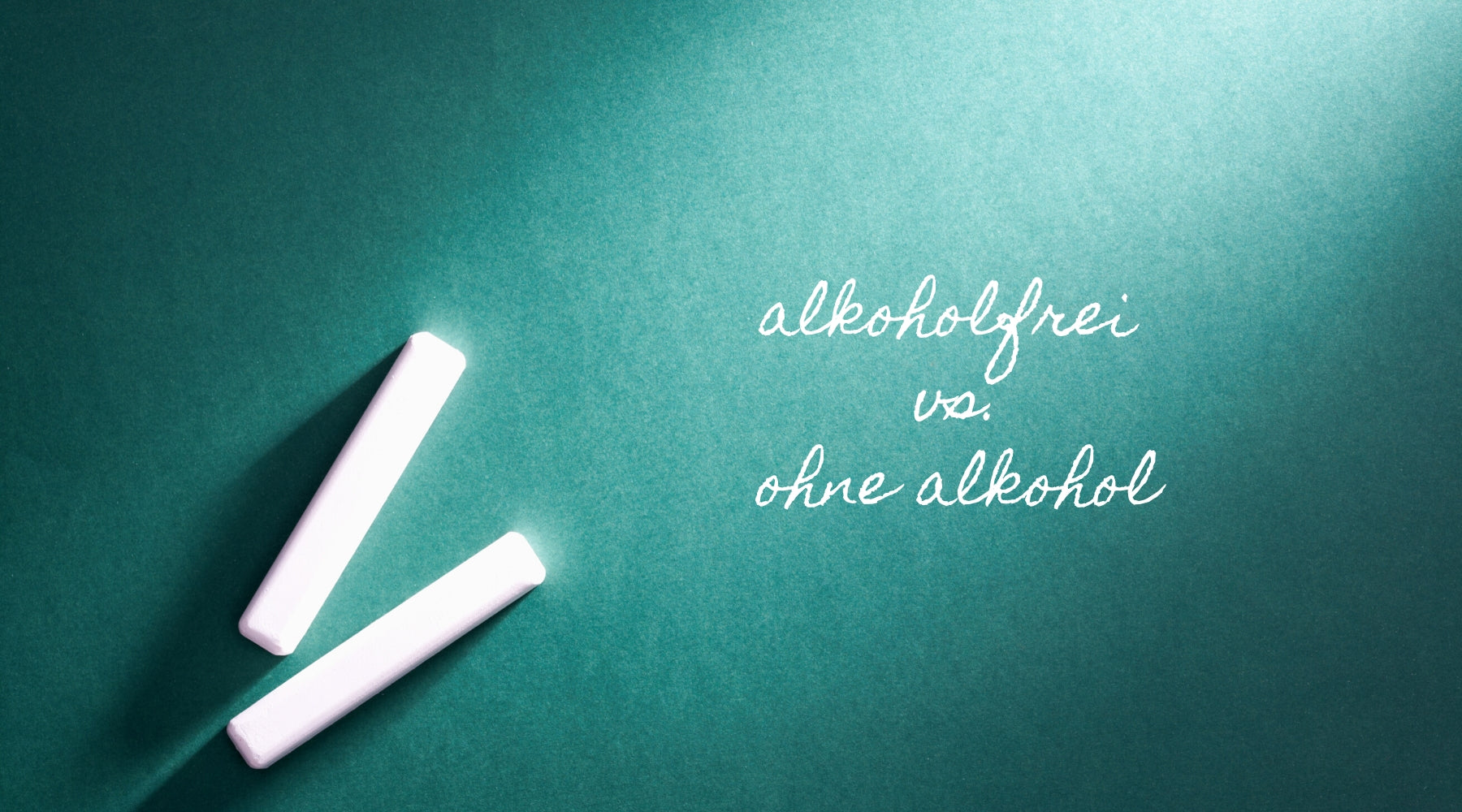
What are the differences between alcohol-free and 0.0%?
Alcohol-free does not mean no alcohol
Alcohol-free does not mean that a drink is 100% free of alcohol. “What, is there a difference?”.Yes, there is! The two terms alcohol-free and without alcohol are not synonyms in German food law.
This is how the terms alcohol-free and without alcohol differ
The definitions of terms are clearly regulated under German food law, but they have not yet reached common usage. The names differ in the following detail:
- A non-alcoholic drink can contain up to 0.5 percent alcohol by volume .
- A drink without alcohol is intended to guarantee that it contains no, i.e. 0.0 percent by volume, alcohol.
Should we make it more complicated? According to German food law, products labeled with 0.0 or no alcohol may contain up to 0.03 percent alcohol by volume. Even 0.0% is no guarantee that a product is free of alcohol.
Why is that?
The reason lies in the processes used to produce food. Due to natural fermentation processes, some foods contain small amounts of alcohol, such as apple and grape juice, kefir, kombucha, but also ripe bananas or sourdough bread. So are e.g.b Up to 1% alcohol is allowed in grape juice and a very ripe banana can develop up to 0.6% alcohol through fermentation. Only if the alcohol content is 1.2% or more does this have to be clearly marked on food.
A glass of apple juice can contain up to 0.6 percent alcohol by volume.
0.0 products may also contain alcohol
This is due to production processes. There are often fluctuations in the production process that make it impossible to filter out all of the alcohol. Let me explain to you with non-alcoholic beer. When producing non-alcoholic beer, an alcoholic beer is produced and the alcohol is removed using dealcoholization. With the current state of technology, the process cannot remove all of the alcohol. There is therefore a tolerance limit of up to 0.5% residual alcohol. 0.0% Products that contain even less are a recent development made possible by technological advances. Since a guarantee of 0.0% is almost never possible, there is also a tolerance of 0.03% alcohol here.
What about non-alcoholic alternatives to spirits like Laori?
Laori is legally alcohol-free and contains less than 0.3% alcohol. Thanks to the innovative manufacturing process , Laori is made completely without alcohol. For the final kick of freshness we add e.g.b In our alcohol-free alternative to gin, we add some natural juniper aroma, which contributes to the unmistakable gin taste and creates the “residual alcohol”.
Why does Laori still have less alcohol content than a non-alcoholic beer?
All Laori products are intended for mixing. They are not designed for pure enjoyment. If you drink an alcohol-free Laori Spritz and mix it with tonic water, you “water down” the alcohol content. This means that an alcohol-free Laori Spritz (200ml) only has an alcohol content of approx. 0.06 percent by volume. If you drink two of these, you will have consumed less alcohol than if you drink a bottle of non-alcoholic beer or apple juice.
Alcohol-free Laori & Tonic has an alcohol content of 0.06%
It looks similar with Laori & Tonic with the alcohol-free alternative to Gin Laori Juniper No 1. Here we have an alcohol content of 0.25% per 100ml. When mixed with Laori & Tonic you only have an alcohol content of 0.06%.
Do you feel like having a drink now? Mix yourself one!
Non-alcoholic bestsellers
bestseller







